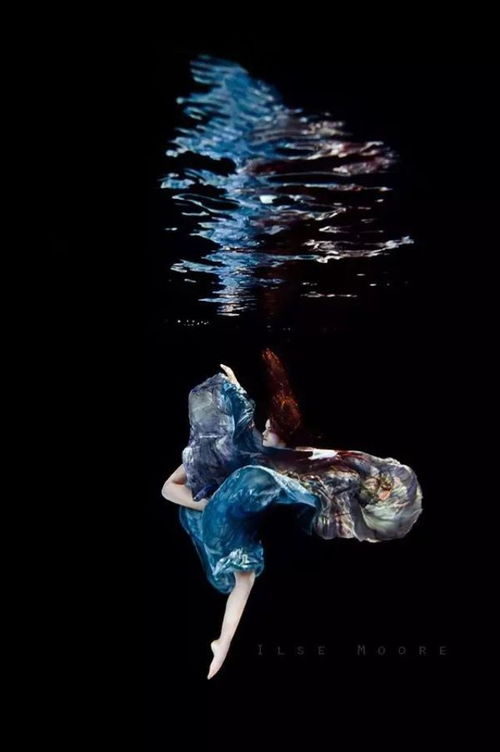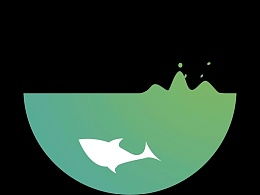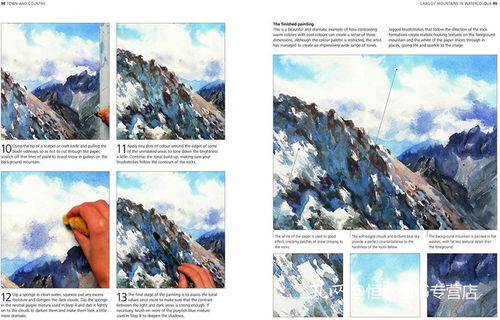Content:
Fishing on moving water can be both exhilarating and challenging. The dynamic nature of rivers, streams, and lakes requires anglers to adapt their techniques to the ever-changing currents and water flow. Whether you're a beginner or an experienced angler looking to refine your skills, mastering the art of fishing on moving water is crucial. In this article, we will delve into some essential teaching techniques to help you navigate the complexities of fishing on moving water.
Understanding the Water Flow
Before diving into the techniques, it's important to have a solid understanding of the water flow. This includes recognizing the differences between slow and fast water, eddies, and pools. Here's a breakdown of these key concepts:
Slow Water: This is typically found in pools or behind rocks and logs. Fish often congregate here as the water is calmer and provides more cover. To fish slow water effectively, you'll need to present your bait or lure in a manner that mimics natural movements.
Fast Water: This can be found in riffles, runs, and rapids. Fish may be less abundant in fast water, but it's a great place to catch them as they often move to these areas to feed. Techniques for fishing fast water involve casting into the current and allowing your bait or lure to drift naturally.
Eddies: These are calm, circular areas of water that form behind obstacles like rocks or logs. Fish often rest in eddies before moving into the main current to feed. To fish eddies, you'll need to cast upstream and let your bait or lure drift into the calm water.
Pools: Pools are areas of slower-moving water where fish often gather. They can be found at the end of runs or behind large rocks. To fish pools, you'll need to cast upstream and allow your bait or lure to drift through the slower water.
Teaching Techniques for Moving Water
Now that you have a basic understanding of water flow, let's explore some teaching techniques to help you fish moving water effectively:
Cast and Drift Technique: This is a fundamental technique for fishing moving water. Cast your line upstream, allowing the current to carry your bait or lure downstream. Adjust your retrieve speed and direction to mimic natural movements of the fish's prey.
Nymphing: Nymphing is a popular technique for fishing moving water, especially for trout. It involves using a weighted fly or lure that imitates an aquatic insect in its nymph stage. To nymph effectively, you'll need to cast into the current and allow your fly or lure to sink and drift naturally.
Streamers: Streamers are large, lifelike flies or lures that mimic larger aquatic prey like baitfish or leeches. To fish streamers, you'll need to cast into the current and retrieve the fly or lure with a series of short, quick movements to create a lifelike presentation.
Fly Fishing Techniques: Fly fishing on moving water requires precision and timing. Here are some key techniques:
- Mending: Mending is the act of adjusting your line to keep it in contact with the water. This is crucial for maintaining a natural drift in the current.
- Tailing: Tailing involves allowing the fly to land on the water's surface and then retrieving it with a gentle twitching motion. This technique is effective for imitating emerging insects.
- Casting Techniques: Learn different casting techniques such as the roll cast, overhead cast, and sidearm cast to effectively present your fly in various situations.
Bait Fishing Techniques: If you prefer using bait, here are some tips:

- Live Bait: Live bait, such as worms, minnows, or leeches, can be very effective in moving water. Attach the bait to your hook and cast it into the current, allowing it to drift naturally.
- Artificial Bait: Artificial baits like spinners, jigs, and soft plastics can also be effective. Cast the bait into the current and retrieve it with a steady, rhythmic motion.
Safety and Etiquette
When fishing on moving water, safety and etiquette are paramount. Here are some key points to keep in mind:
- Always wear a life jacket when fishing in moving water.
- Be aware of your surroundings and the potential for hazards such as slippery rocks or fast currents.
- Respect the environment and other anglers by keeping noise levels to a minimum and leaving no trace.
- Learn to read the water and understand the behavior of fish in different conditions.
In conclusion, fishing on moving water requires a combination of knowledge, skill, and patience. By understanding the water flow, mastering the techniques outlined in this article, and practicing safety and etiquette, you'll be well on your way to becoming a proficient angler on moving water. Happy fishing!












